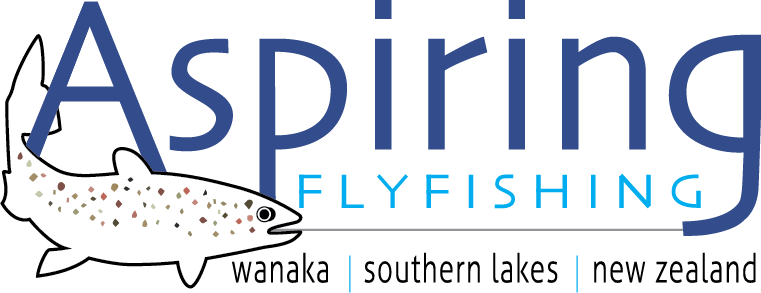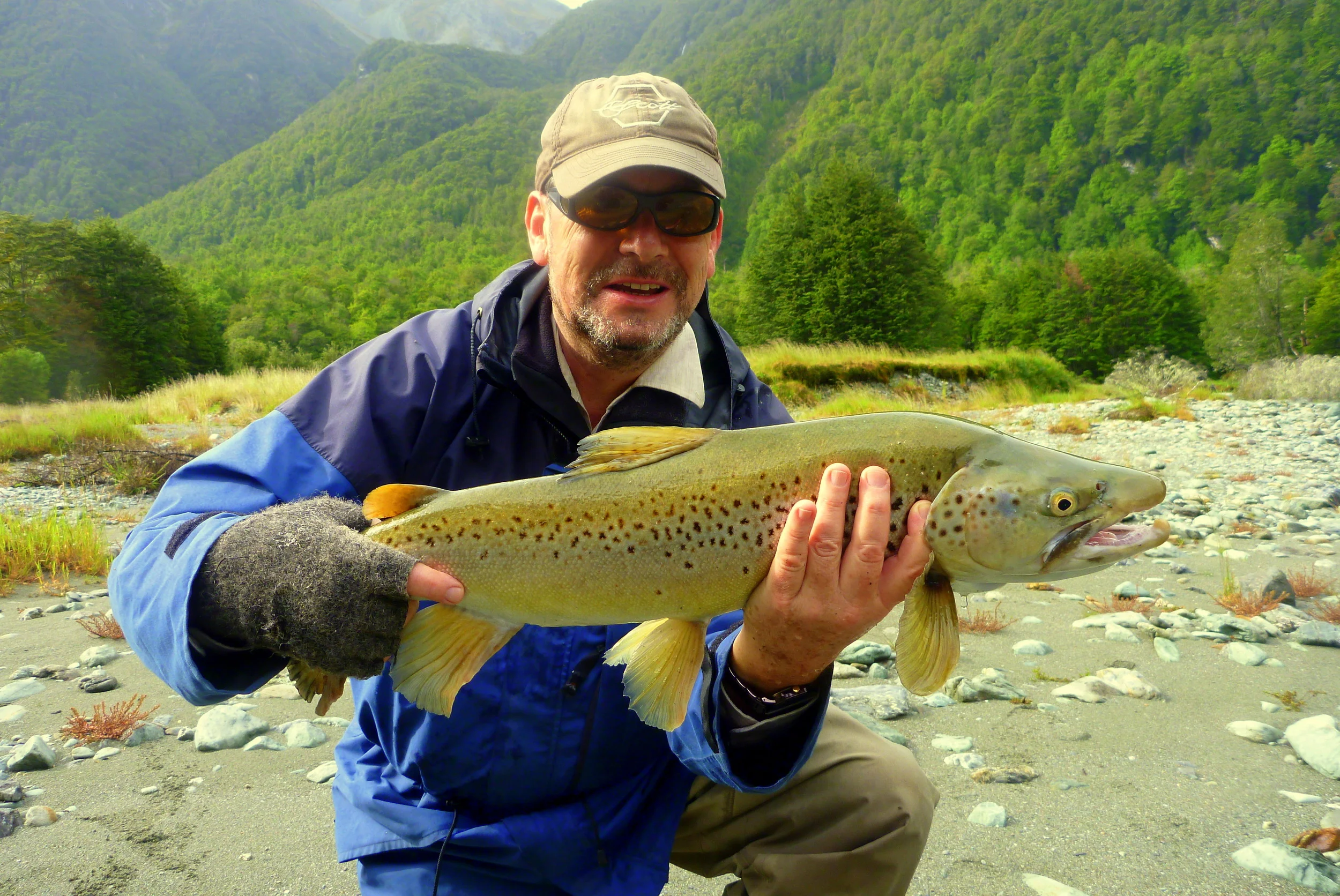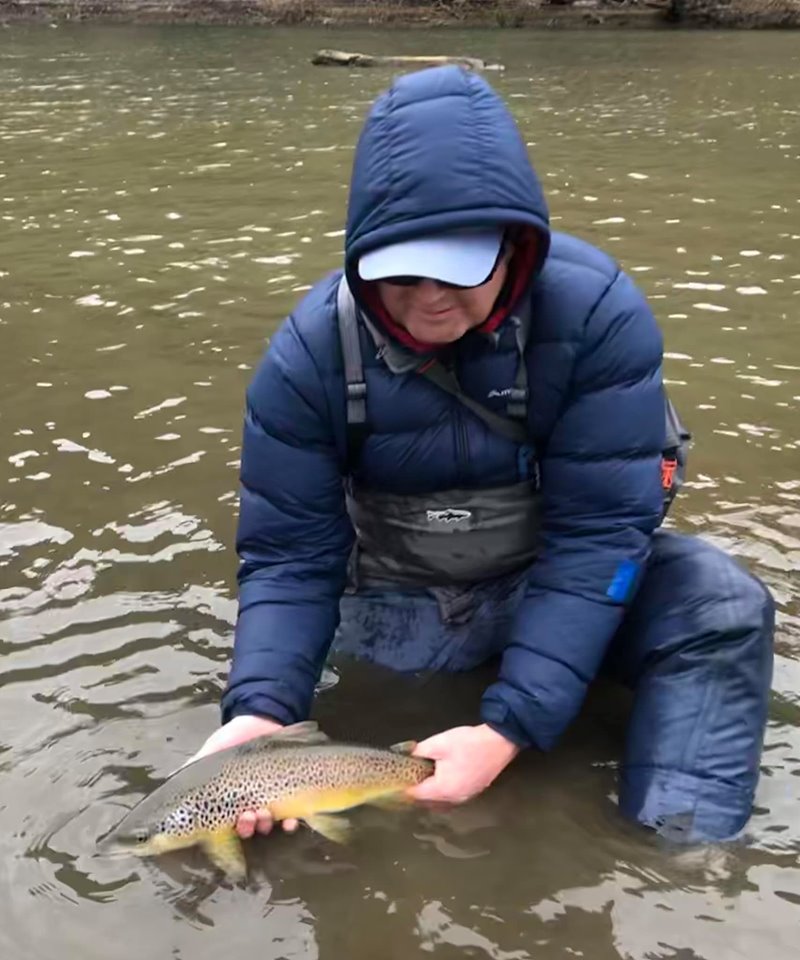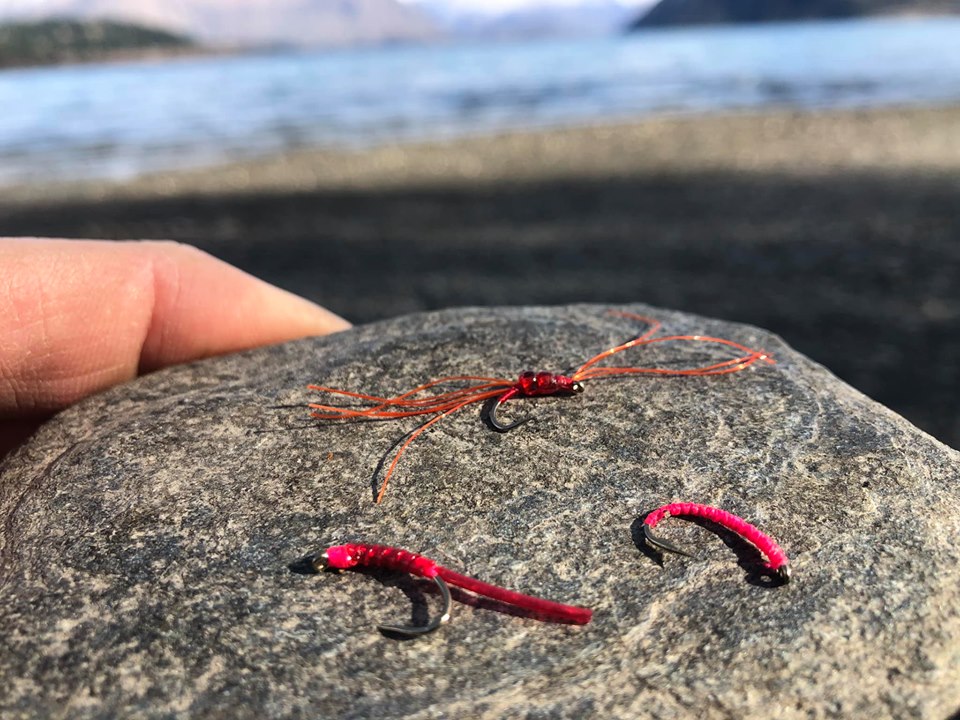Trout Food - The Blood Worm
/Below the surface of our Southern lakes there is an abundance of trout food on offer. The tricky bit for many anglers is the when, why and how part to use and imitate these food sources ! Blood worms make up a good portion of a trout’s diet at certain times of the year here in both Lakes Wanaka and Hawea and account for many netted fish each season.
mid winter brown who couldn’t help himself when it came to a blood worm imitation suspended under a small dry in the muddy shallow margins of Lake Wanaka,
Blood worms are the larvae of Midge, (family Chironomidae), also called chironomid, they are usually bright red in coloration due the hemoglobin and oxygen that they hold in their bodies. They are commonly found in the softer sediment of our slower moving rivers (especially back waters ) lakes and pond’s through out New Zealand.
A few favourite blood worm imitations……keeping things slim are the key with this pattern.
As they get close to hatching they begin to slowly wiggle their way to the surface, it’s at this is time they are most vulnerable to cruising trout. I like to fish my blood worm imitation’s suspended just off the bottom tied on as a dropper below a dry fly indicator. The length of the dropper is dependent on the depth of the water being fished but usually around 20-30cm is the norm.
My son Louie attached to a mid winter blood worm muncher from Lake Wanaka.
Often takes are difficult to detect so the addition of the dry fly as an indicator is a great help in registering softer takes.
Norio with a good fish from a small back water on a #16 blood worm that was suspended under a small parachute style dry fly.
Once the blood worm has made it’s way to the surface, it will hang in the surface film and hatch into an adult midge……then begins another whole story !











